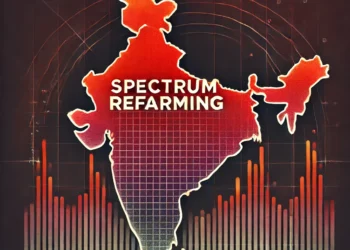We all know that for the operators to deploy 5G services effectively they need a large quantum of spectrum, especially in the low spectrum bands. The reason – the low-frequency bands have the capability of penetrating indoors – which is absolutely essential for ensuring ubiquitous 5G coverage. Also, without the low-spectrum bands, standalone 5G can’t be deployed – preventing the operators from leveraging the advanced features of 5G. But the problem in India is that these low-frequency bands do not have sufficient spectrum, and whatever we have, a large chunk of it is already assigned to PSU, Railways, and Defence, or occupied by legacy 4G and 2G services.
In India, 67% of the 700 MHz band is allocated to Defence, Railways, and BSNL. Therefore only 33% (15 MHz) is available for the Private Operators to use of which RJIO is already using 10 MHz. Fortunately, the 600 MHz is empty, but unfortunately, it does not have an ecosystem of handsets yet, and might take a long time before it gets developed. The other bands such as 800 and 900 MHz are heavily used for delivering legacy 2G and 4G services, and can’t be freed soon, as these services are likely to remain alive for a reasonably long period of time. Also whatever little is available in these legacy bands are in small slices (less than 5 MHz).






